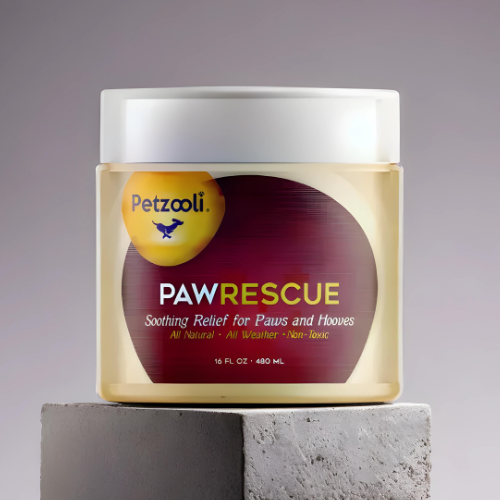
What Ingredients to Avoid in Dog Food: Shocking Insights Approved by Experts
Share
As a health-conscious pet owner, youre undoubtedly striving to provide the best nutrition for your beloved furry friend. The alarming truth is that not all dog foods are created equal, and many contain harmful ingredients that can compromise your dogs health. With our in-depth, expert-approved guide, were shedding light on what ingredients to avoid in dog food. This guide aims to help you make informed choices and ensure a long, healthy life for your pet.

Artificial Preservatives: The Hidden Danger
BHA and BHT
Butylated hydroxyanisole (BHA) and Butylated hydroxytoluene (BHT) are common preservatives found in dog food. These chemicals are used to prevent fats from spoiling and extending the shelf life of the product. However, studies suggest that both BHA and BHT can be linked to cancer and other serious health issues. Opt for dog foods that use natural preservatives such as vitamin E (mixed tocopherols) instead.
Ethoxyquin
Ethoxyquin is another artificial preservative used in some dog foods. Originally developed as a pesticide, it has been associated with liver and kidney damage, allergic reactions, and possibly cancer. Reading labels carefully and choosing ethoxyquin-free options is crucial.

Artificial Colors: A Rainbow of Risks
Artificial colors like Blue 2, Red 40, and Yellow 5 are often added to dog food to make it look more appealing to human buyers. However, these dyes have been linked to behavioral issues, hypersensitivity, and even cancer. Since dogs care more about taste and smell, avoiding artificially colored dog food is advisable for their health.

Fillers and By-products: Nutritional Zeroes
Corn and Wheat
Corn and wheat are often used as cheap fillers in many commercial dog foods. While these grains can provide some nutritional value, they are also common allergens and are less digestible for dogs. Opt for grain-free or dogs that prioritize high-quality proteins and vegetables.
Animal By-products
Animal by-products might include anything from heads, feet, feathers, and entrails. These parts are generally low in nutritional value and can be sourced from diseased or dead animals, making them particularly unappetizing and unhealthy. Look for dog foods that clearly specify their meat sources and avoid those listing generic by-products.

Sweeteners: The Sweet Poison
Corn Syrup
Corn syrup is a type of sugar that is sometimes added to dog foods to enhance flavor. However, it can lead to obesity, diabetes, and hyperactivity. Its best avoided, especially in a balanced diet meant for overall health and longevity.
Xylitol
Xylitol is a sugar substitute thats extremely toxic to dogs, even in small amounts. It can cause a rapid release of insulin, leading to hypoglycemia, seizures, liver failure, and even death. Always check the ingredient lists and be vigilant about this potentially life-threatening ingredient.
Rendered Fat: The Silent Health Hazard
Rendered fat is often used to enhance the flavor and texture of dog food. However, it can also contain harmful toxins and offer little to no nutritional benefit. Instead, look for dog food that lists high-quality, named animal fats like chicken fat or fish oil.
Why Quality Ingredients Matter
When choosing food for your dog, quality ingredients make a significant difference in their health, energy levels, and overall well-being. Nutrient-rich ingredients support everything from coat shine and digestive health to immune system strength and mental alertness.
Frequently Asked Questions
1. What are the most dangerous ingredients found in dog food?
The most dangerous ingredients include artificial preservatives (such as BHA, BHT, and ethoxyquin), artificial colors, fillers (like corn and wheat), animal by-products, sweeteners (such as corn syrup and xylitol), and rendered fats.
2. Can artificial colors affect my dogs health?
Yes, artificial colors like Blue 2, Red 40, and Yellow 5 have been linked to behavioral issues, hypersensitivity, and even cancer. Its best to choose dog food free from artificial dyes.
3. How can I ensure the dog food I buy is safe and healthy?
Always read the ingredient labels carefully. Look for dog foods that list high-quality proteins, natural preservatives, and no artificial colors, sweeteners, or unspecified by-products. Consulting your veterinarian for dietary recommendations can also be beneficial.
As an Amazon Associate, I earn from qualifying purchases.
As an Amazon Associate, I earn from qualifying purchases.
